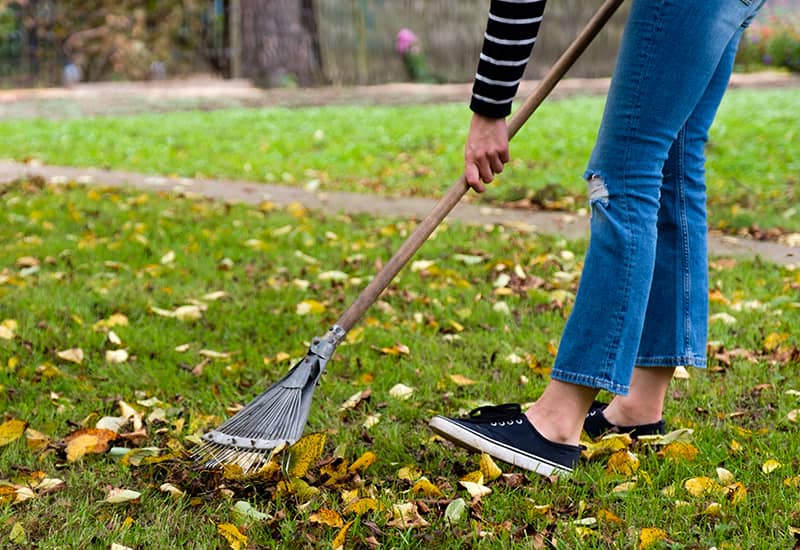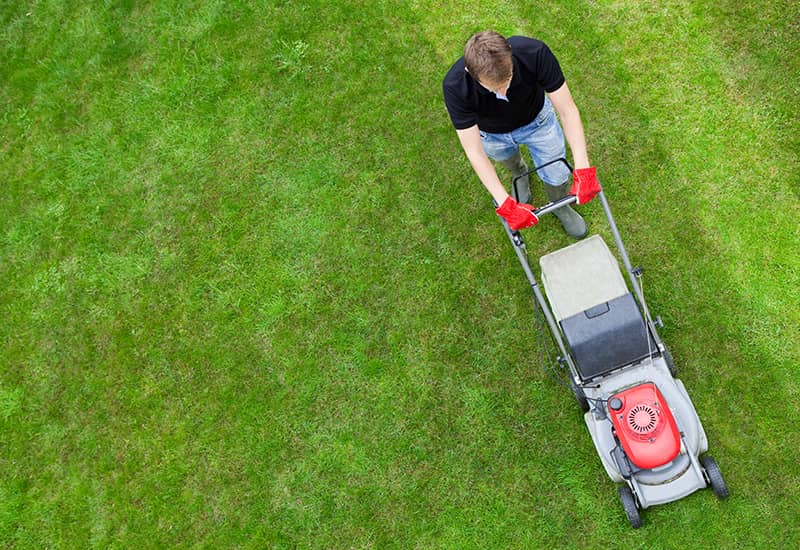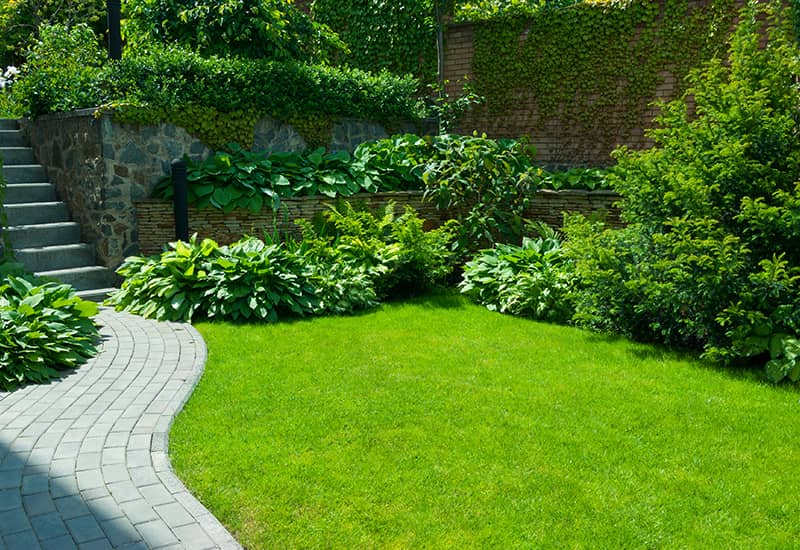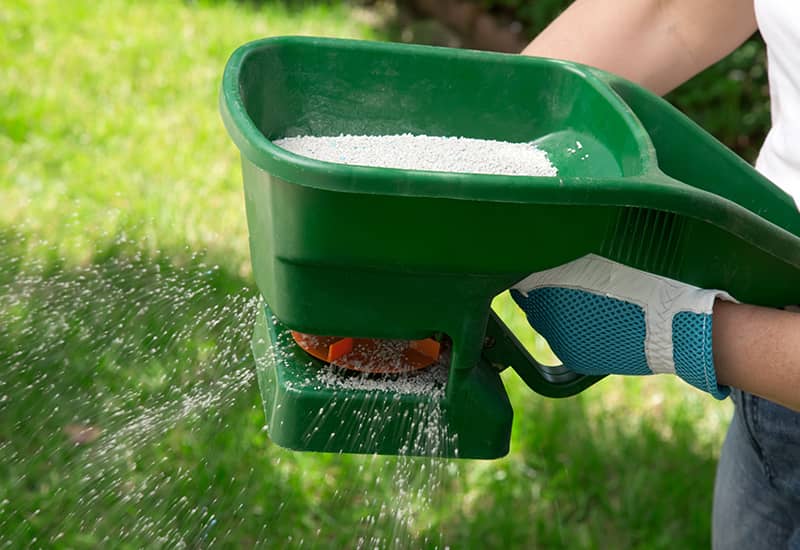Early April is the perfect time to get outdoors and prepare your landscape for the warmer days ahead. Every space from the lawn to the vegetable garden requires us to think about what each area will need well in advance. Spring is your chance to start the season off on the right foot with these garden tips:

Spring Cleaning
The easiest way to make your landscape appear spring-ready is with a proper clean-up. Rake up leaves and other debris that may have collected in the beds over the winter. This can be accomplished with a large rake for lawn areas and a smaller, spring-action rake or garden hoe for the areas around trees and shrubs. An day the weather is nice is a good opportunity to garden.

Pruning
Pruning out dead and broken branches while the plant has no leaves makes for quick and easy work. Unless absolutely necessary, do not prune plants that bloom in spring and early summer. You can prune them later after they finish flowering in early summer. Be sure to use high quality, sharp pruning shears.

Lawn Care
We all want to have a thick, lush, weed-free lawn that is the envy of our neighbors. Now is the best time to seed bare spots in your lawn with a quality grass seed. Resume mowing only when your grass is actively growing. For spring, the mower blade height should be set to 2½ – 3 inches.

Liming
It might surprise you to hear that liming is not required for all lawns every year. It’s best to first test your soils pH and see if you need it. Lawns prefer a pH range of 6.2 to 6.8 (6.5 is optimum). A proper pH helps your grass to better absorb fertilizers and other trace elements, which leads to a healthier lawn with fewer weeds and less fungus issues. pH testing kits are available for sale in-store.

Feeding Your Landscape
Spring is a great time to fertilize your landscape.
For lawns, keep it simple! Use a four-step lawn program that provides you with everything you need to grow a healthy lawn from spring through fall. There is a program for every need – whether you are seeding, not seeding or prefer organic-only products.
For trees, shrubs and perennials use a complete, long-lasting, slow-release fertilizer. Although there are many different products available, choose organic options that are safe for people and pets.

Mulching
Give your landscape beds a finished look with 1½ to 2 inches of mulch. Not only does it look nice, but it will help the soil to retain moisture while also preventing weeds.

Vegetable Gardening
Vegetable gardening should not be overlooked in April. Now is a great time to decide where the garden will go and how much space you want to devote to it. So many of us wait until after we’ve purchased the plants to decide where the garden will go. This is typically when we discover we’ve purchased too many plants! Save time and money by taking measurements now.
It’s a great time to plant cool weather crops such as lettuce, onions, carrots and spinach to name a few. These types of vegetables perform best in daytime temperatures that hover around 60-65 degrees Fahrenheit and will tolerate some light frost. They are harvested late June through July before the heat of summer sets in.
By taking the time to prepare your yard and garden now, and then following through on watering, pruning and fertilizing throughout the season, you will ensure your landscape is lush, green, flowering and beautiful.
Additonal Information:
